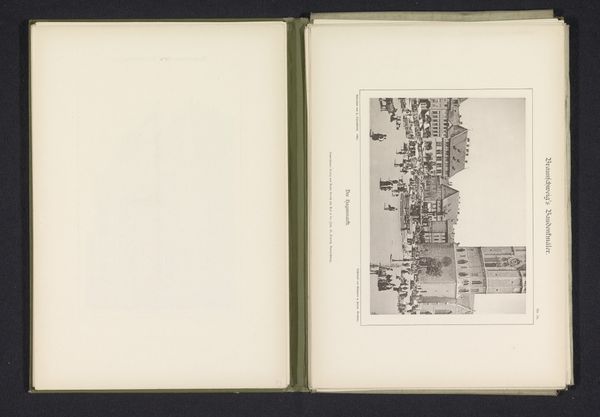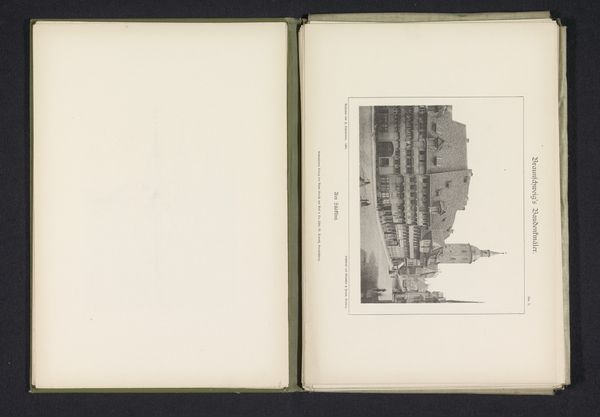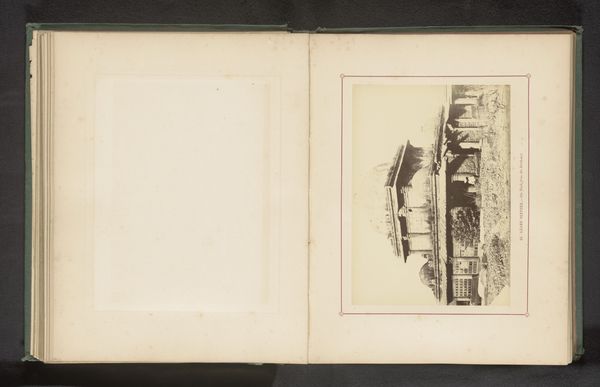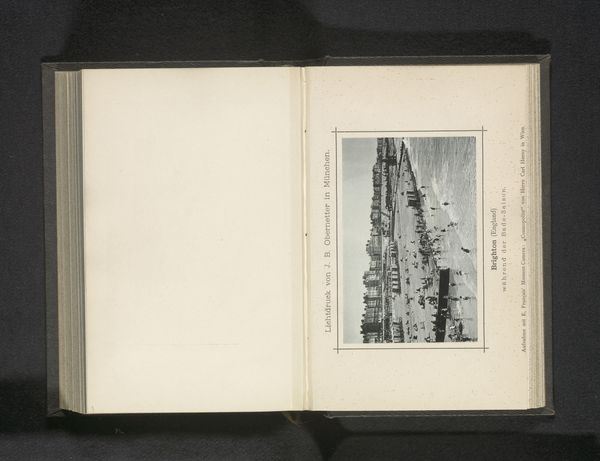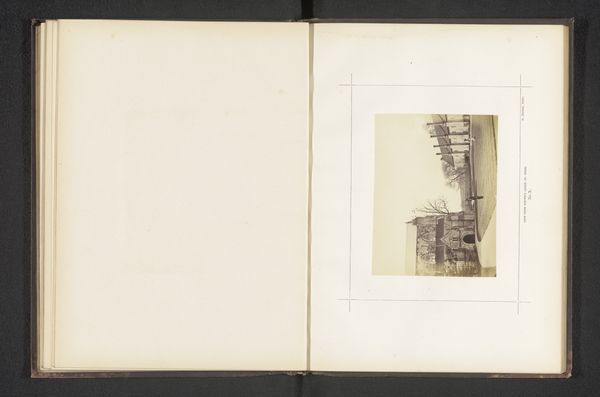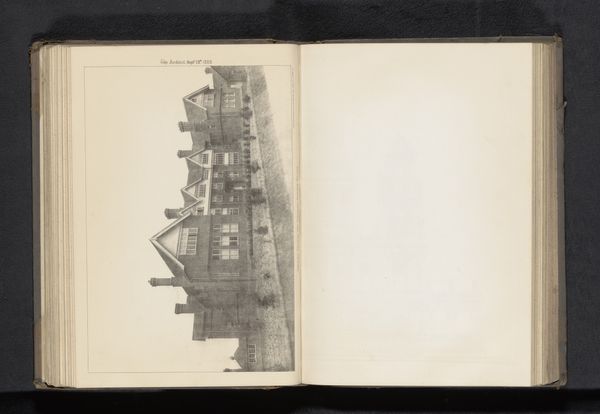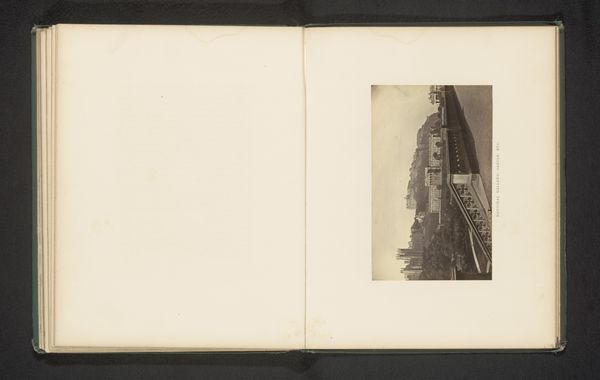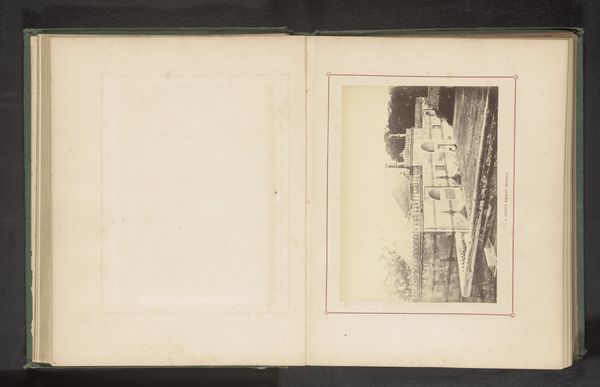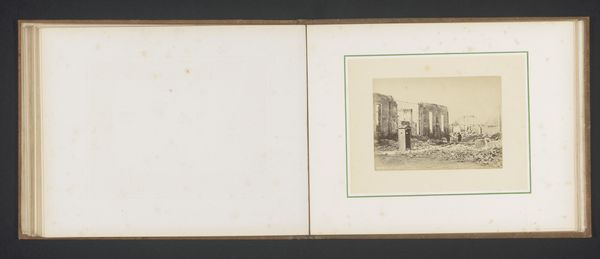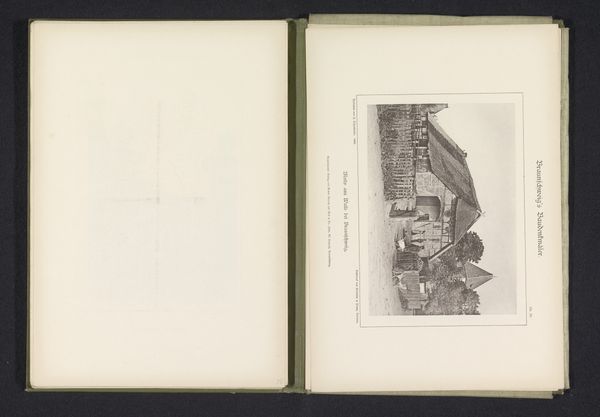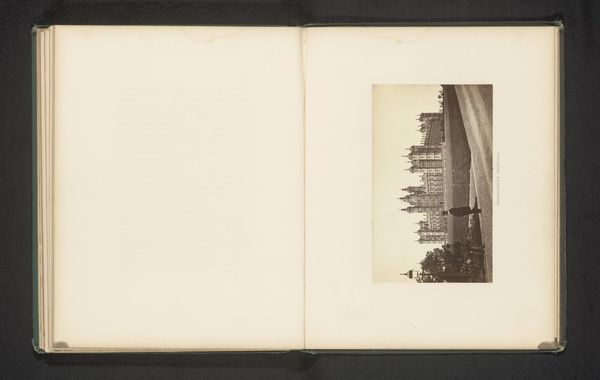
print, etching
# print
#
etching
#
landscape
#
academic-art
#
building
Dimensions: height 111 mm, width 154 mm
Copyright: Rijks Museum: Open Domain
Editor: Here we have "Exterieur van het Altstadtrathaus te Braunschweig," an etching by J. Schombardt from around 1892. It’s a pretty detailed depiction of a building. What strikes me is the architectural style. It seems so imposing, like a symbol of civic power. What do you see in this piece? Curator: Absolutely, and I think your initial read is spot on. Look at the context of the late 19th century—a period of rapid industrialization and growing social inequality. These grand architectural statements often served to reinforce existing power structures. Consider who this Rathaus, or town hall, was meant to represent. Editor: Presumably the city's governing body? Curator: Exactly, and who comprised that body at the time? Understanding the demographics and political affiliations of the local elite can illuminate the power dynamics inherent in this image. Did the etching serve to legitimize their authority through its glorification of civic architecture? Was it intended to project an image of stability and order in a time of upheaval? These are the questions that we should be asking ourselves when faced with such imposing structures, even in reproduction. The details of the building may seem benign at first glance, but its function tells us more about how the structure functioned as propaganda. Editor: That’s a fascinating way to look at it, almost like a form of visual rhetoric. I hadn’t considered the role of architectural imagery in shaping public perception. Curator: Indeed. By situating this etching within its historical and political context, we can uncover the ways in which art, even seemingly neutral landscapes, actively participates in the negotiation of power and identity. Editor: It’s given me a lot to consider; thank you! I’ll never look at old architectural prints the same way.
Comments
No comments
Be the first to comment and join the conversation on the ultimate creative platform.
